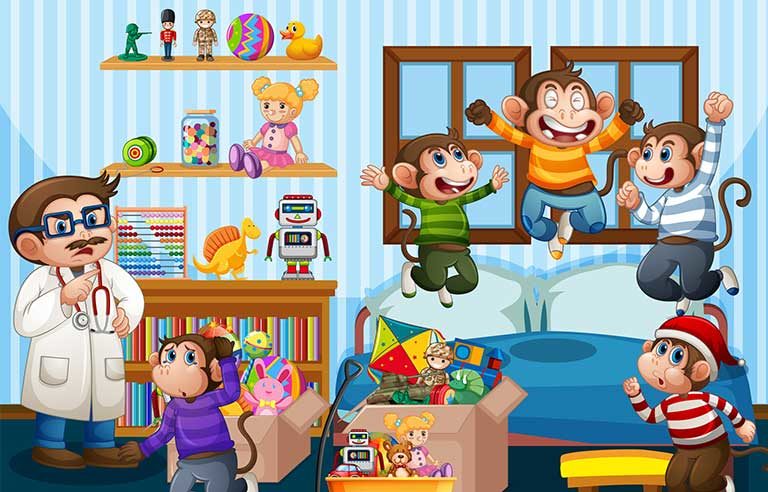Nursery rhymes can serve as lessons for safe play, expert says

Philadelphia – Could Humpty Dumpty prevent a great fall? One researcher says nursery rhymes can call attention to safety measures that can help people avoid injuries.
Research scientist Declan Patton of Children’s Hospital of Philadelphia recently published a scientific perspective examining how the characters in seven popular nursery rhymes sustained their injuries and how they could’ve been avoided.
Many nursery rhymes have their origin in political and social events. Still, Patton, who is also a researcher in CHOP’s Minds Matter Concussion Program, points out that some of the characters could’ve avoided their fates or received proper care based on the knowledge of today’s medical experts.
The story of Jack and Jill, for example, can provide insights into the use of personal protective equipment, such as helmets, to prevent skull fractures. And because falls from springy surfaces such as trampolines and beds (think “Five Little Monkeys”) are a source of head injuries among children, adults should supervise as children play. “One of the best injury prevention methods is to avoid monkeying around,” Patton notes.
Future nursery rhymes should be mindful of risk factors associated with head injuries, he writes. “In this way, readers both young and old can be taught the importance of safe play and occupational hazards and thereby reduce their chances of a head injury.”
The perspective was published online in The BMJ, the journal of the British Medical Association.
Post a comment to this article
Safety+Health welcomes comments that promote respectful dialogue. Please stay on topic. Comments that contain personal attacks, profanity or abusive language – or those aggressively promoting products or services – will be removed. We reserve the right to determine which comments violate our comment policy. (Anonymous comments are welcome; merely skip the “name” field in the comment box. An email address is required but will not be included with your comment.)
